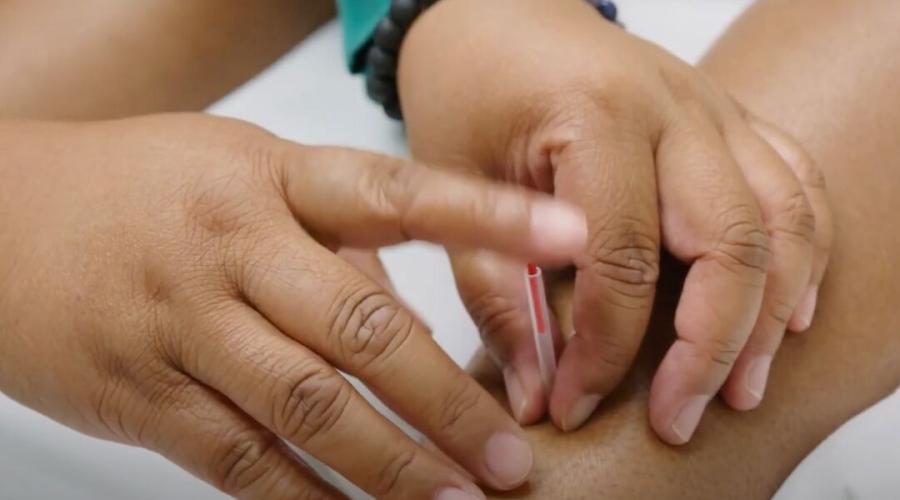
New Research Highlights Key Disparities in Specialized Pediatric Care
A growing body of research is uncovering the connections between health outcomes and socioeconomic factors, providing a glimpse into the hidden world of disparities that affect young patients' lives and emphasizing the need for targeted strategies to improve equity in healthcare.
Lena Winestone, MD, MSHP, UCSF Assistant Professor of Pediatrics, studies access to care for children with cancer and says that insights into racial, ethnic, and socioeconomic disparities can reveal ways for interventions to better support vulnerable populations. Winestone’s recent publication in Pediatric Blood & Cancer details how the financial burden of a pediatric cancer diagnosis disproportionately affects and stresses low-income and Hispanic families.
A separate paper in Circulation, led by Martina Steurer, MD, UCSF Associate Professor of Pediatrics, found that socioeconomic position explains why Black and Hispanic infants born with congenital heart disease die at a higher rate in their first year of life.
Together, these studies detail some of the interplay between pediatric subspecialty care and social determinants of health.
Financial Realities of Pediatric Cancer
A childhood cancer diagnosis comes with significant financial costs to a patient’s family through direct medical costs and loss of work productivity. Winestone’s study shows that financial burden is felt regardless of income level, but low-income and Hispanic caregivers dealt with more income loss and financial distress compared to high-income and non-Hispanic White caregivers.
In addition, over 75% of respondents in low- and middle-income categories reported dealing with housing, food, or energy insecurity 12 months following the cancer diagnosis, compared to 18% for high-income respondents. Previous studies have shown that this form of financial hardship can lead to poor health outcomes and increased emergency department utilization.
Winestone says that her study “reveals significant disparities in financial burden by baseline income and ethnicity, suggesting that systematic financial screening should be incorporated into pediatric cancer care so healthcare teams can adjust care and offer assistance to vulnerable families.”
The Effect of Education Disparities
While having a child diagnosed with a severe illness can place disproportionate financial stress on low-income families, children from families in less privileged positions can also be more vulnerable to poor health outcomes from diseases.
Research has proven that racial disparities in health outcomes exist in congenital heart disease, an abnormality of the heart and one of the most common birth defects. To go one step further, Steurer and her team looked at a large, national dataset and found that socioeconomic position, particularly maternal education, was associated with higher infant death rates and played a significant role in explaining the observed racial disparities.
Steurer says that “our findings highlight the importance of education as a determinant of health outcomes and indicate that targeted interventions could help improve health outcomes for people without the privilege of higher education.”
In the ongoing pursuit of equitable pediatric care, these studies show the critical role of socioeconomic factors and reveal which ones are most associated with poor health outcomes. Such insights are necessary to inform policy changes and clinical practices so hospitals can best serve their people.
Additional UCSF Department of Pediatrics authors on the Pediatric Blood & Cancer paper include Erica M. Evans, MD, Pediatric Fellow, Jacklyn Sanchez-Alvarez, Clinical Research Coordinator, and Anurag Agrawal, MD, Associate Professor of Pediatrics. Additional UCSF Department of Pediatrics authors on the Circulation paper include Shabnam Peyvandi, MD, MAS, Associate Professor of Pediatrics.
